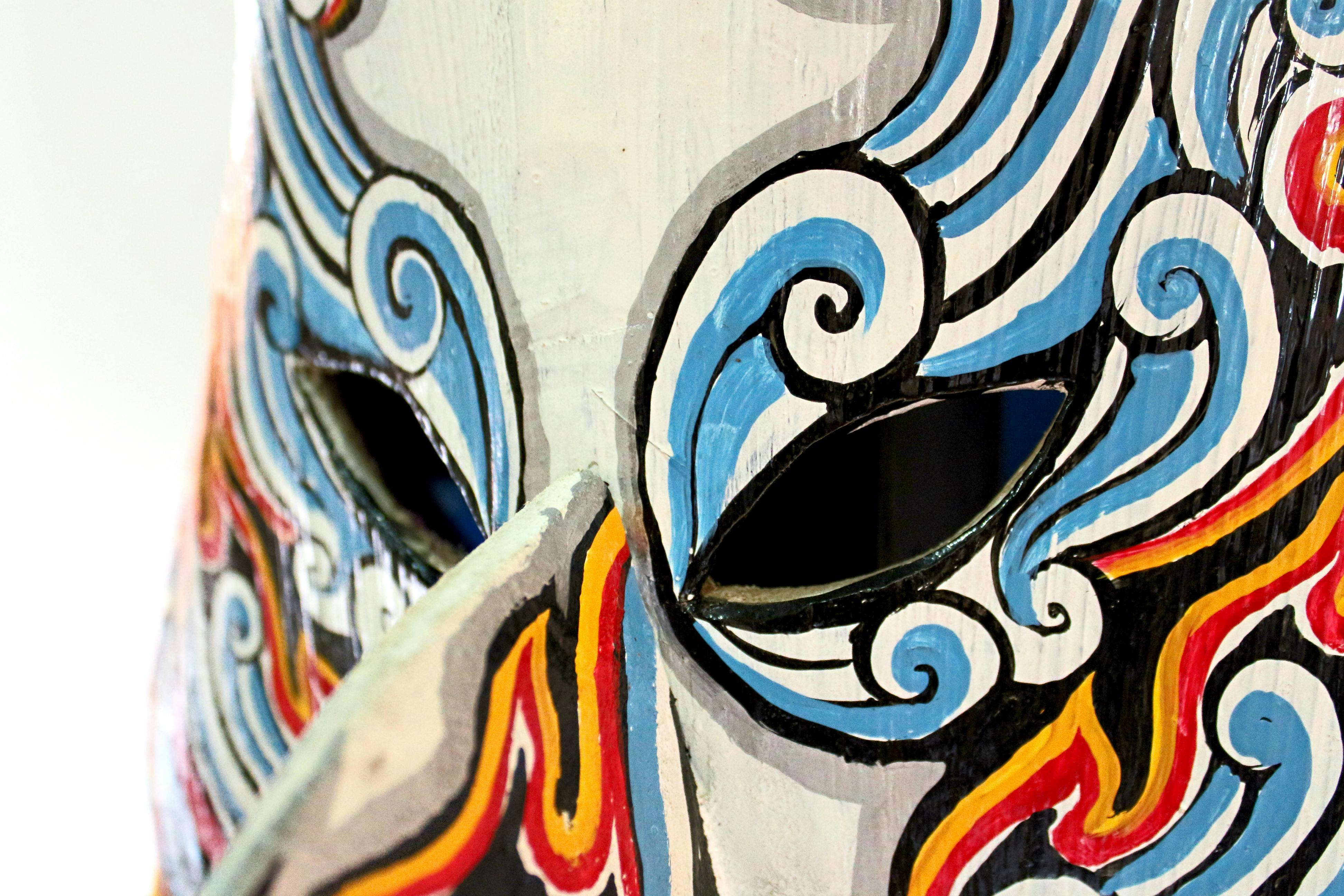In the Philippines https://hbr.org/2020/03/whats-really-holding-women-back, marriage customs vary depending on the region, religion, and ethnicity. Some couples, for instance, make a special sticky rice bread or perform standard religious ceremonies. Many couples offer anything akin to a rehearsal dinner for their visitors in a more contemporary placing.
Filipinos also have marriage sponsors or “aunties and uncles,” although the majority of people did include a maid of honor. These special guests are known as the “ninang” or “ninong” for the wife, “ninong” for the bridegroom, and “ninong” for the groom. They participate in ceremonia, including gold ceremonies, veil ceremonies, and rope ceremonies with candles.
In the Philippines, seeking familial approval is a large part of the marriage custom. In front of the rest of the wedding guests and occasionally even the priest, the ninang or ninong gently touch their parent’s hand to their own forehead, although this is n’t always done during the ceremony itself. It’s an important practice. They are acknowledging that they are giving their daughter to their partner and show respect for their relatives in this gesture.

Another significant bride ceremony is the pamamanhikan. This crucial stage of a betrothed woman’s relationship is significant because it embodies the man’s commitment to his coming sister’s union with her relatives. The girl’s home accepts his request after that.
A well-known sign in Philippine ceremonies is the aras or arrhae. It is a marriage filipino cupid review jewelry with thirteen coins that represent the couple’s great health, happiness, and chance. It is typically carried by a sweet coin carrier. During the ceremony, the man next places the aras or arrhae on the princess’s forearm.
